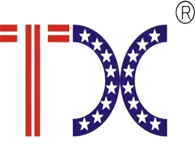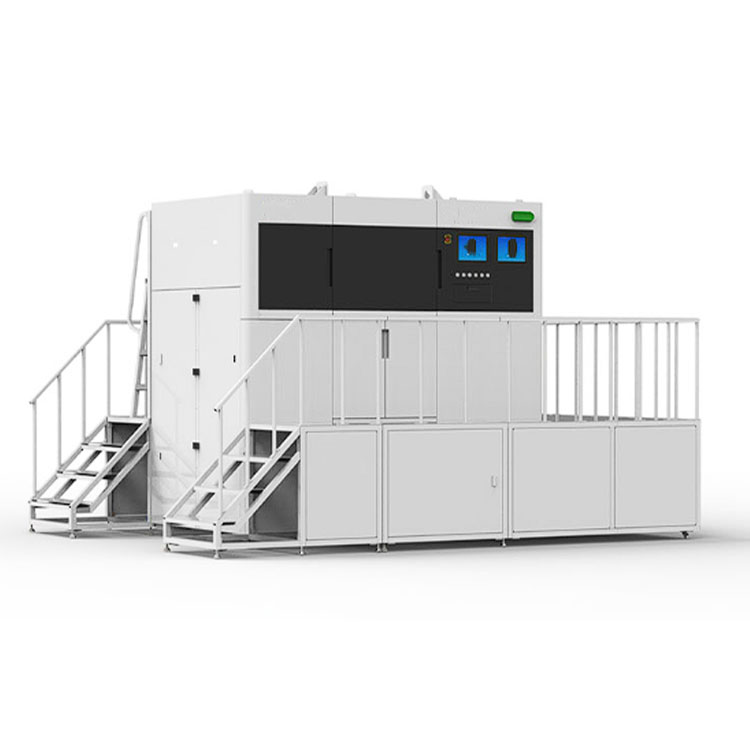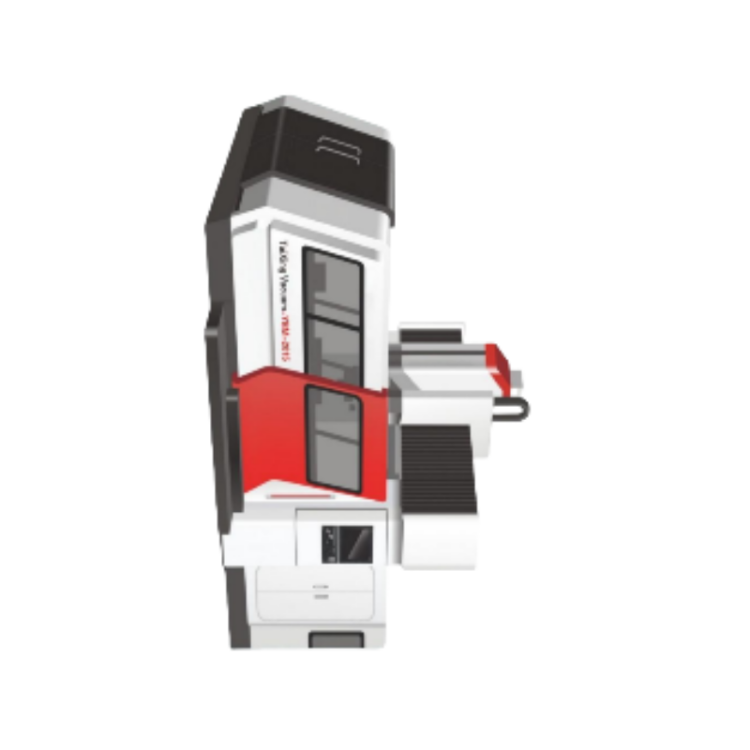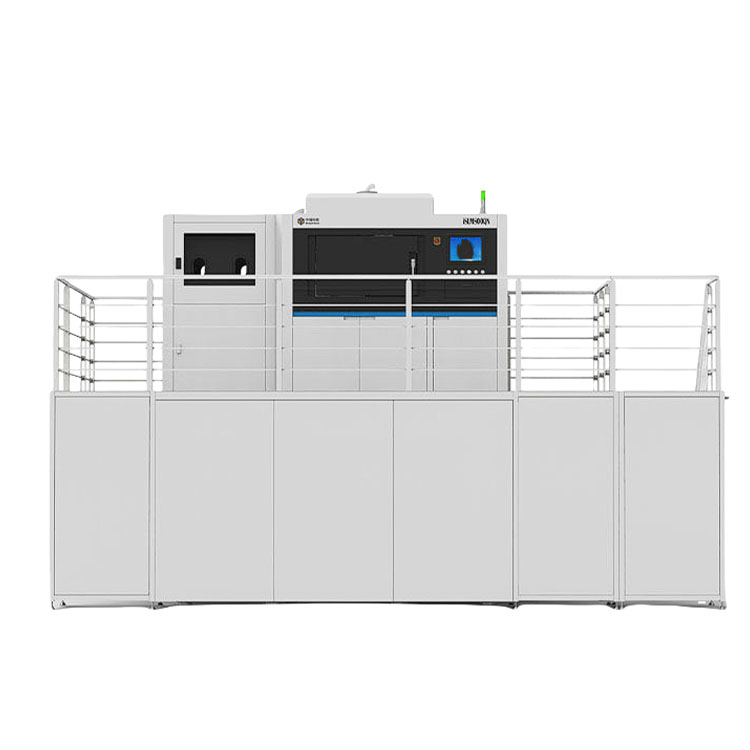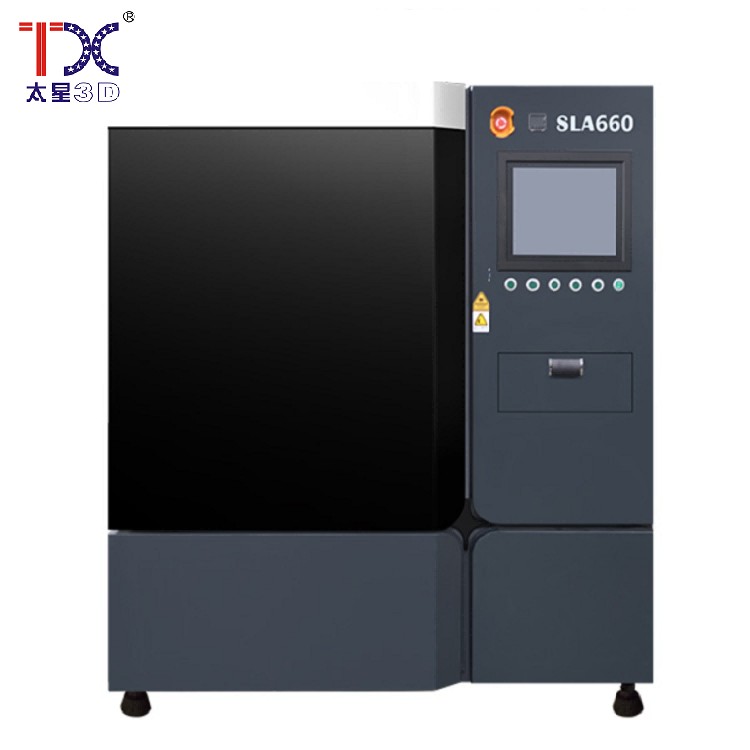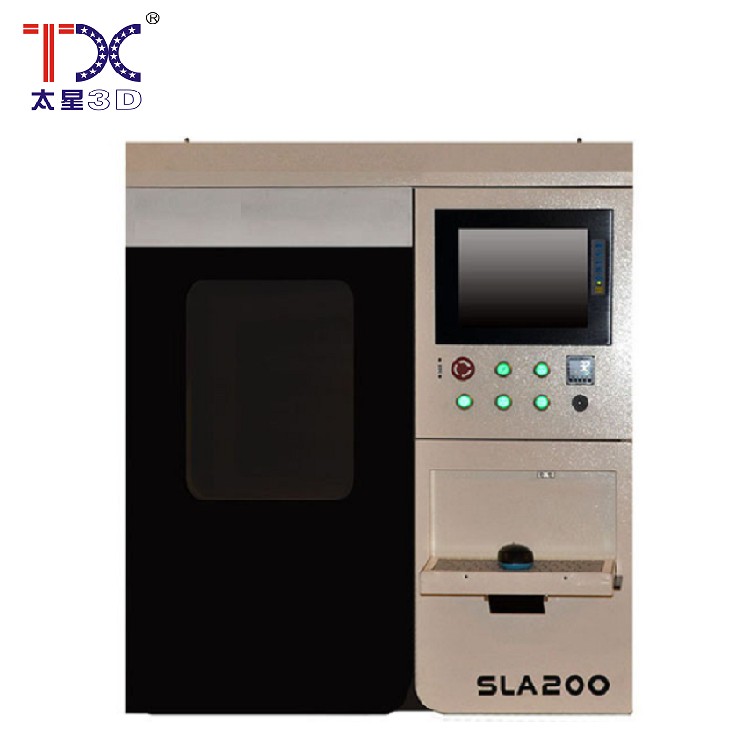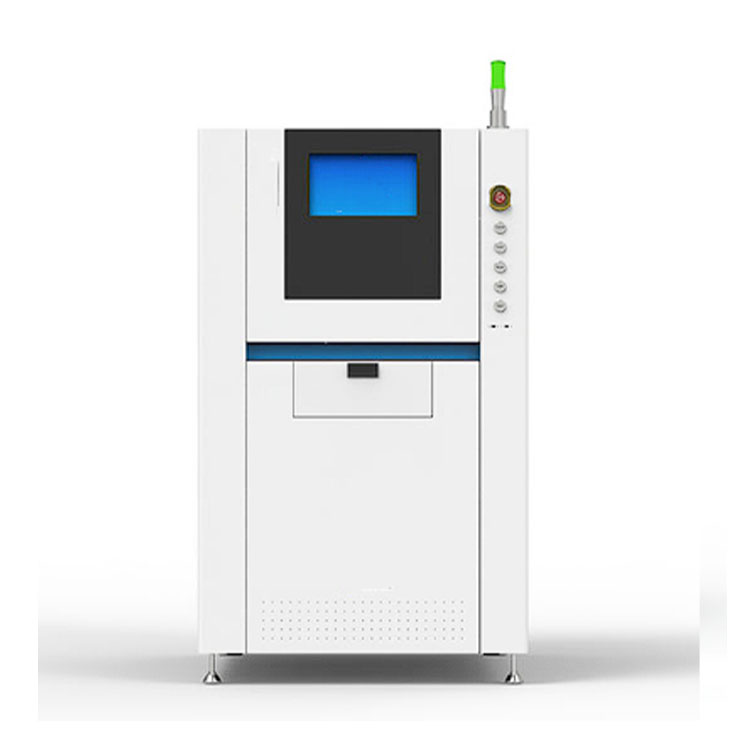
Automotive 3D repair
Automotive 3D repair
Automotive 3D printing is a technology that changes our idea of the manufacture of parts for machines. Instead of complex and expensive production lines, we get the opportunity to create details on demand, just as they print on a home printer. But what does this mean in practice?
3D printing capabilities in the automotive industry
3D printing allows you to create incredible parts and shape of the details. This is especially true for elements requiring unique geometric shapes or complex compounds, which are difficult or expensive with traditional methods. Imagine that you can print a car's body layout or a unique suspension detail that is ideal for the needs of a particular client! The possibility of quick prototyping also plays a huge role. Now manufacturers can quickly experiment with new forms and materials, which significantly accelerates the development of new models.
Making parts from different materials
Another important advantage is the ability to use a variety of materials for 3D printing. From light and strong polymers to metal alloys, the range of options is almost limitless. This opens up new prospects for reducing the weight of parts, which, in turn, leads to fuel saving and increasing the efficiency of the car. You can also print parts with integrated sensors or cooling channels, making them more functional. For example, you can create a part that not only performs its function, but also serves as part of the engine cooling system.
Advantages for consumers
Thanks to 3D printing, cars of the future can be more individual and personalized. The ability to create unique details for tuning or exclusive decor elements will open up wide expression opportunities for motorists. In addition, 3D-packets can reduce the cost of the production of certain parts, which, in turn, can make cars more affordable for customers. Undoubtedly, this is a technology that in the future will significantly affect the entire automotive industry and our future mobile assistants.
AppropriateProducts
Corresponding products
The best soldproducts
The best -selling products-
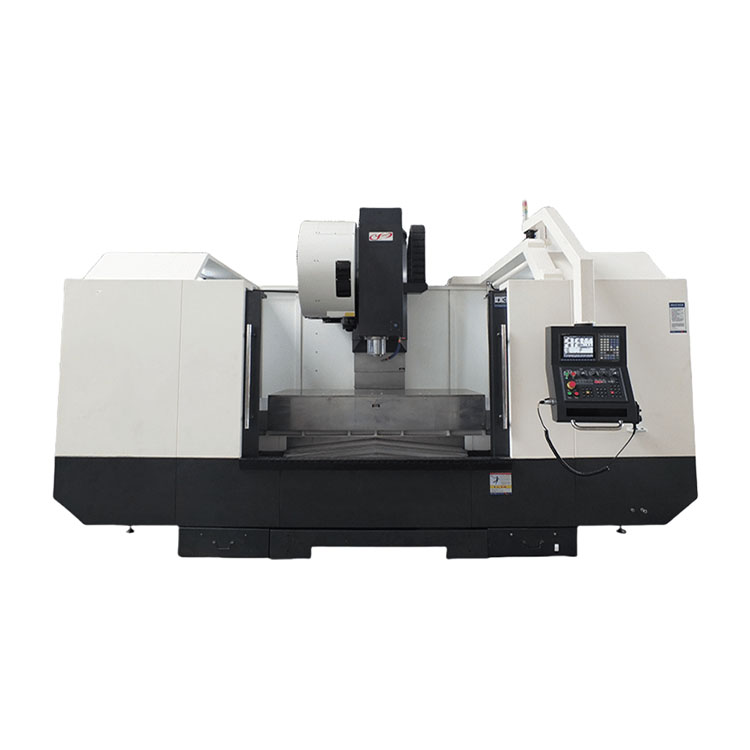 Taisin high-precision vertical processing center with CNC VMC TXP-1890
Taisin high-precision vertical processing center with CNC VMC TXP-1890 -
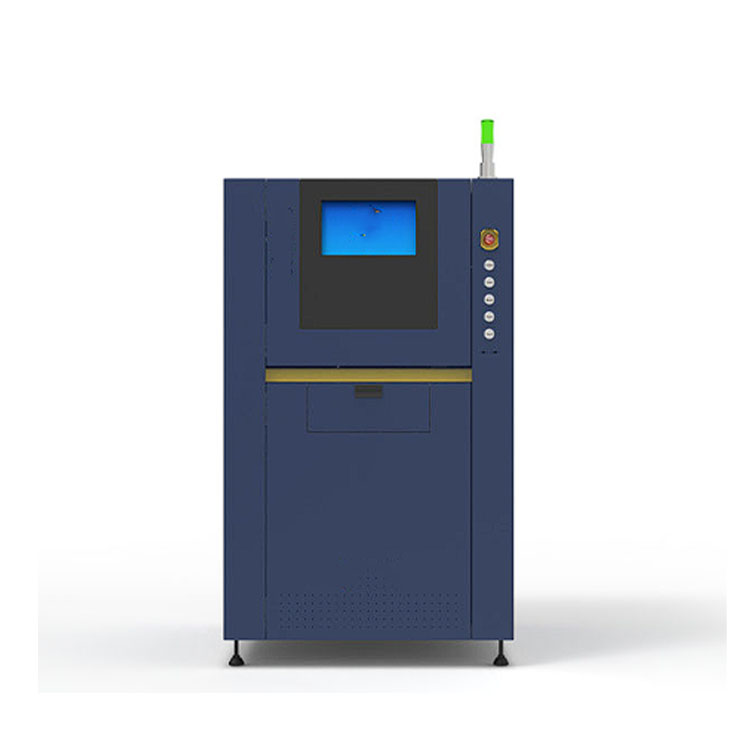 Taisin Metal 3D printer SLM160
Taisin Metal 3D printer SLM160 -
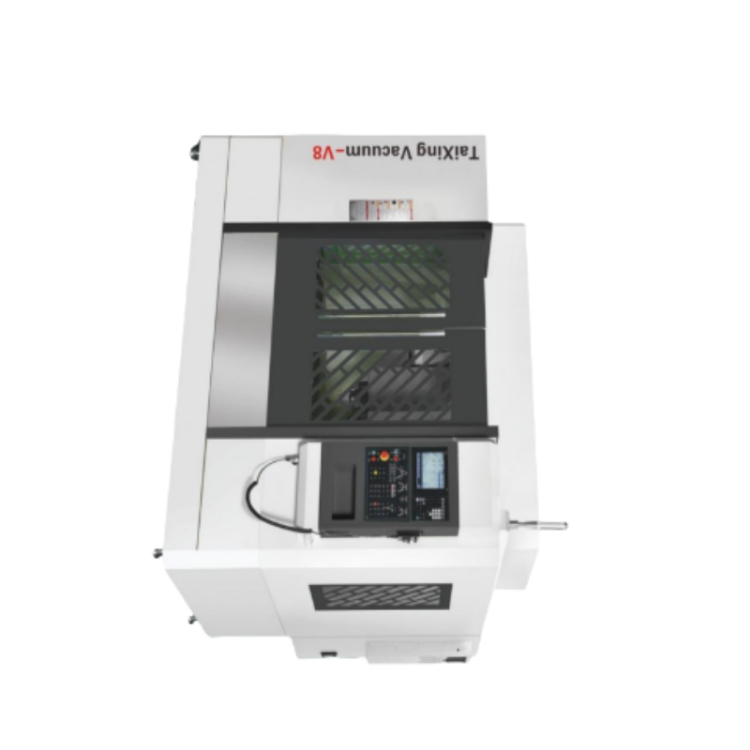 Taisin high-speed and high-precision processing center for processing parts TX-V8
Taisin high-speed and high-precision processing center for processing parts TX-V8 -
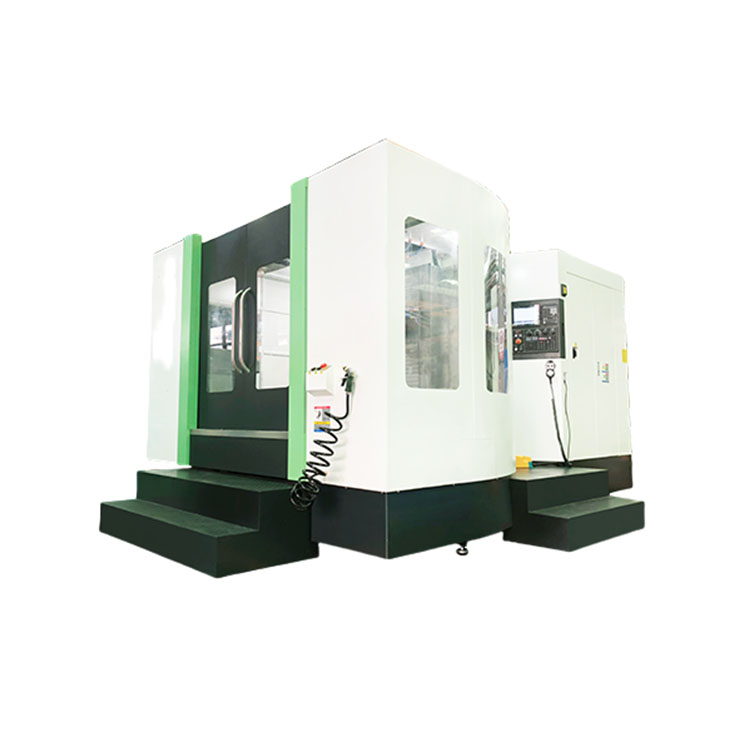 Taisin horizontal processing center with CNC High accuracy HMC TXHD-630
Taisin horizontal processing center with CNC High accuracy HMC TXHD-630 -
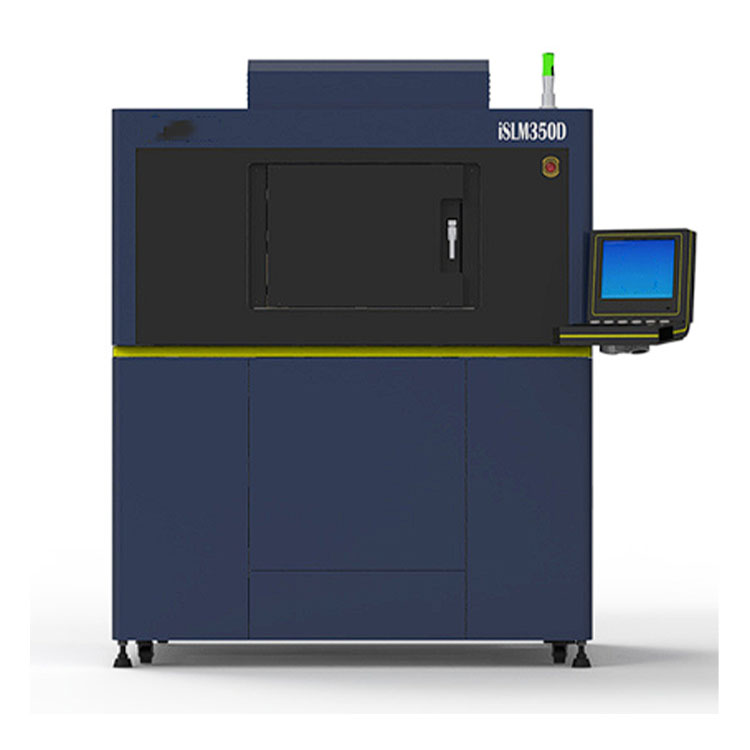 Taisin Metal 3D printer ISLM350D
Taisin Metal 3D printer ISLM350D -
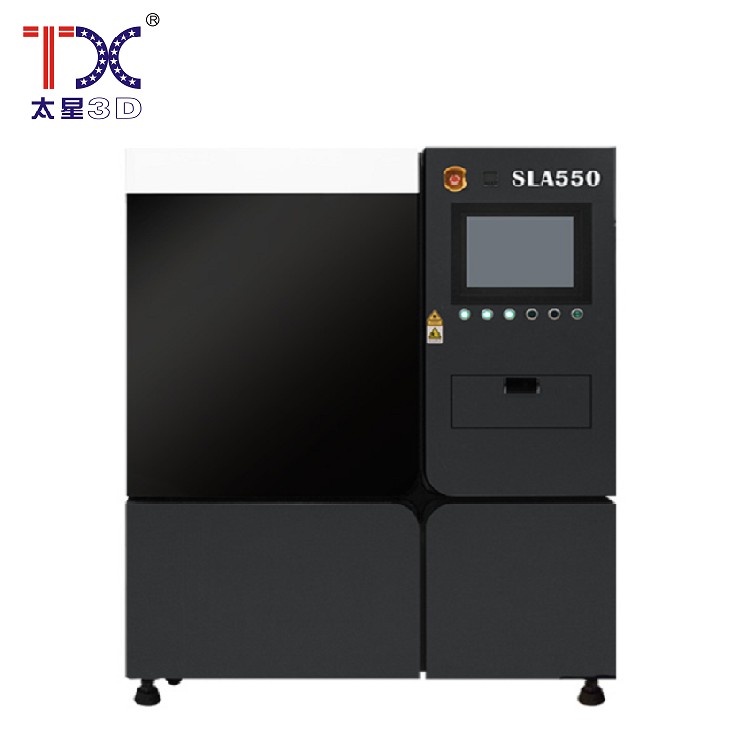 Taisin Light-adoptive 3D printer SLA550
Taisin Light-adoptive 3D printer SLA550 -
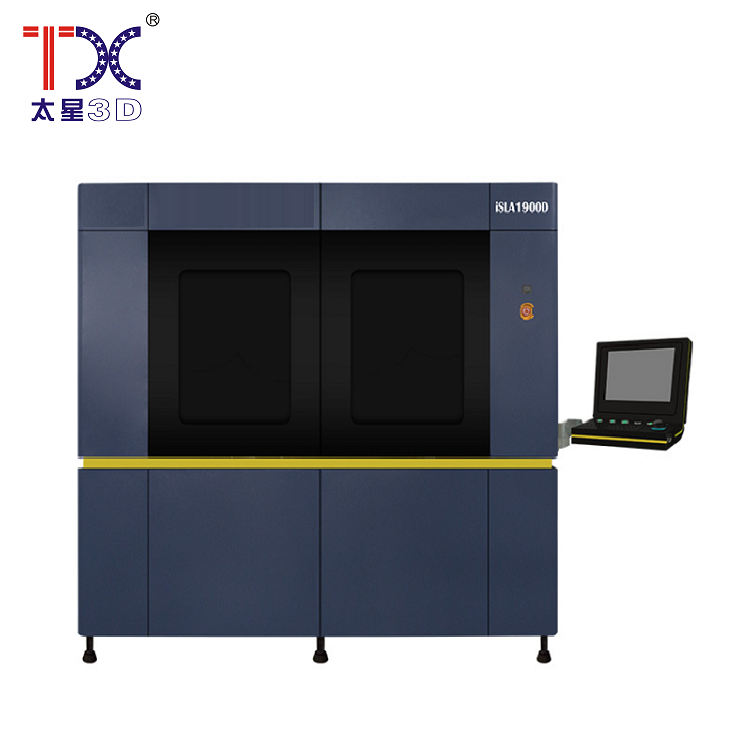 Taisin Light-adoptive 3D printer SLA1900D
Taisin Light-adoptive 3D printer SLA1900D -
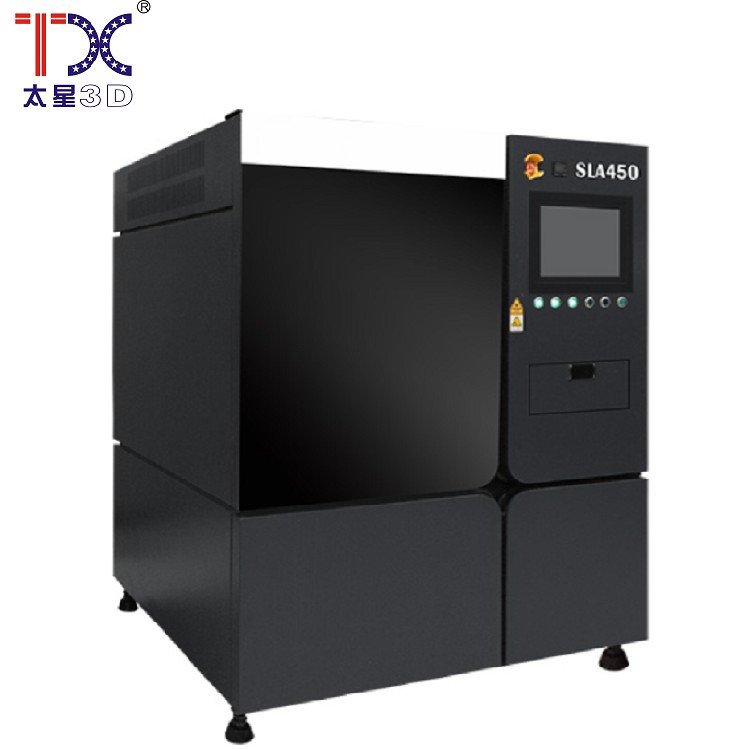 Taisin Light-adoptive 3D printer SLA450
Taisin Light-adoptive 3D printer SLA450 -
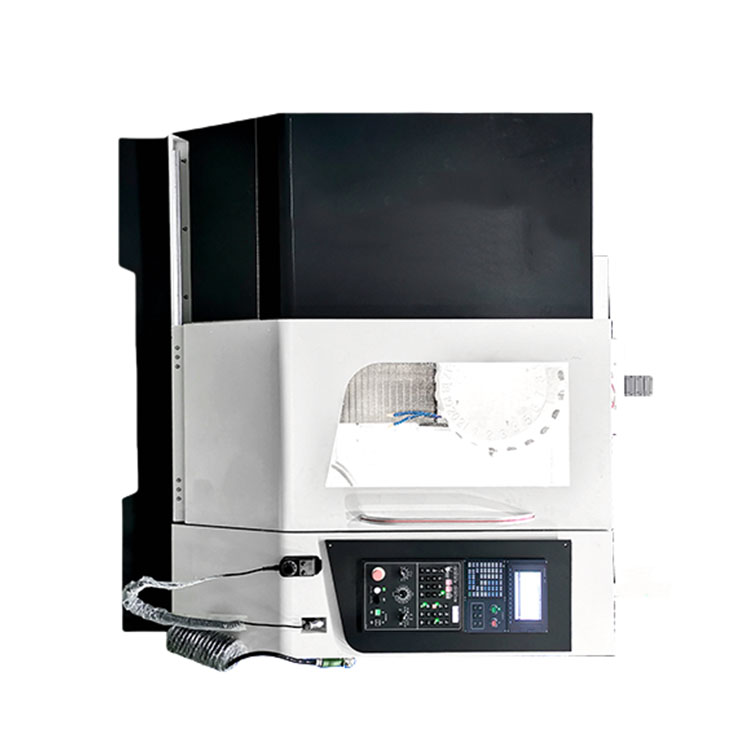 Taisin processing center for drilling and cutting threads TXT-800
Taisin processing center for drilling and cutting threads TXT-800 -
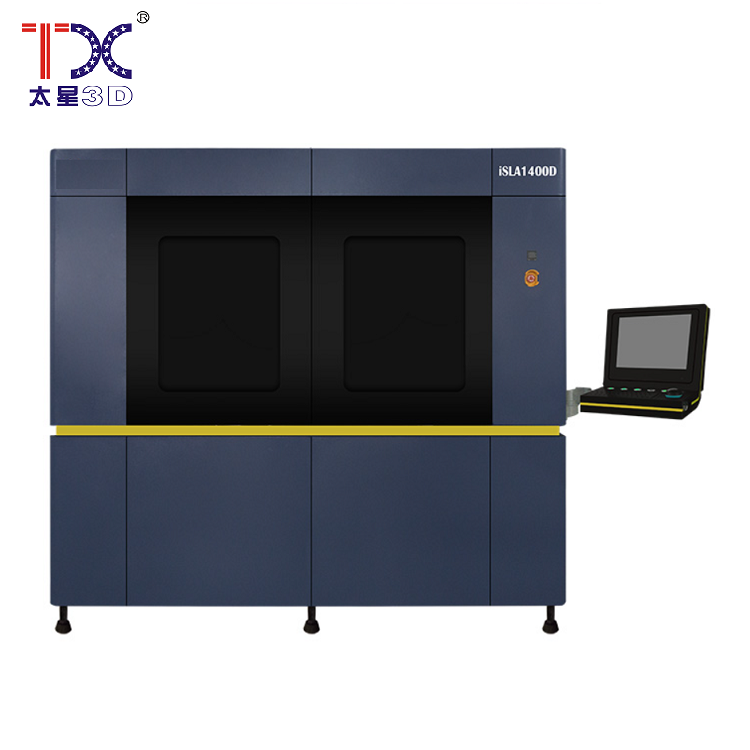 Taisin Light-adopted 3D printer SLA1300D
Taisin Light-adopted 3D printer SLA1300D -
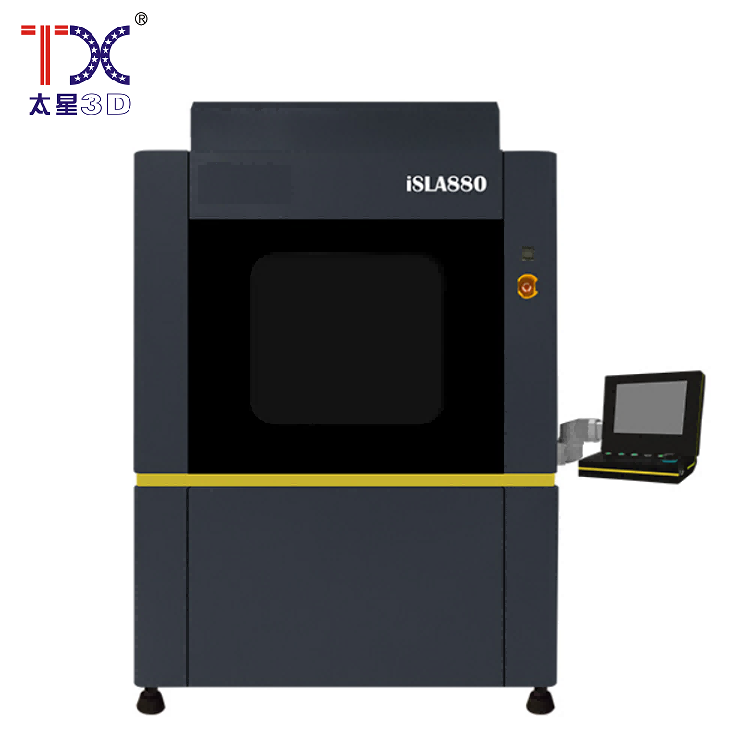 Taisin Light-adoptive 3D printer SLA880
Taisin Light-adoptive 3D printer SLA880 -
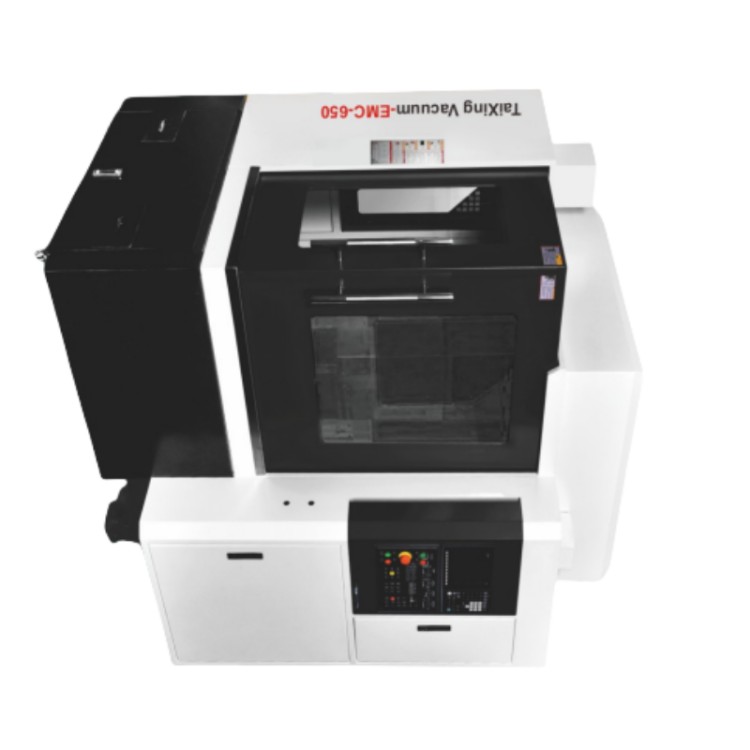 Taisin Gravity-milling machine EMC-650
Taisin Gravity-milling machine EMC-650
Connectedsearch
Related search- China manufacturer 3D security press
- OEM factories quality 5-axial CNC machines
- Cheap SLA Print (stereolithography) factory
- China of CNC VAL CNCs defined factories
- SLA PEACH (stereolitography)
- Cheap factories of CNC with XY axis
- Chinese manufacturers AutoCAD
- Cheap suppliers of CNC shaft machines
- Cheap factories of 3D printing parts
- Electronic 3D printing
